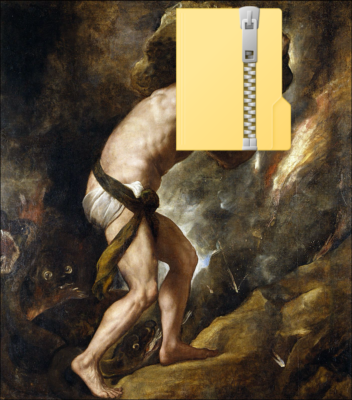Welcome
I am a software developer who likes obfuscated code. Check out my projects related to obfuscation (and some other things, like compression) here, with a more comprehensive listing available on my GitHub
Projects
International Obfuscated Python Code Competition
A competition celebrating unique and bizarre Python code, particularly obfuscated.

Exprify
Transpile Python code into executable ASCII art by converting to expression-only syntax.

Zipyphus
Zero dependency implementation of the ZIP file compressor specification in Python.
